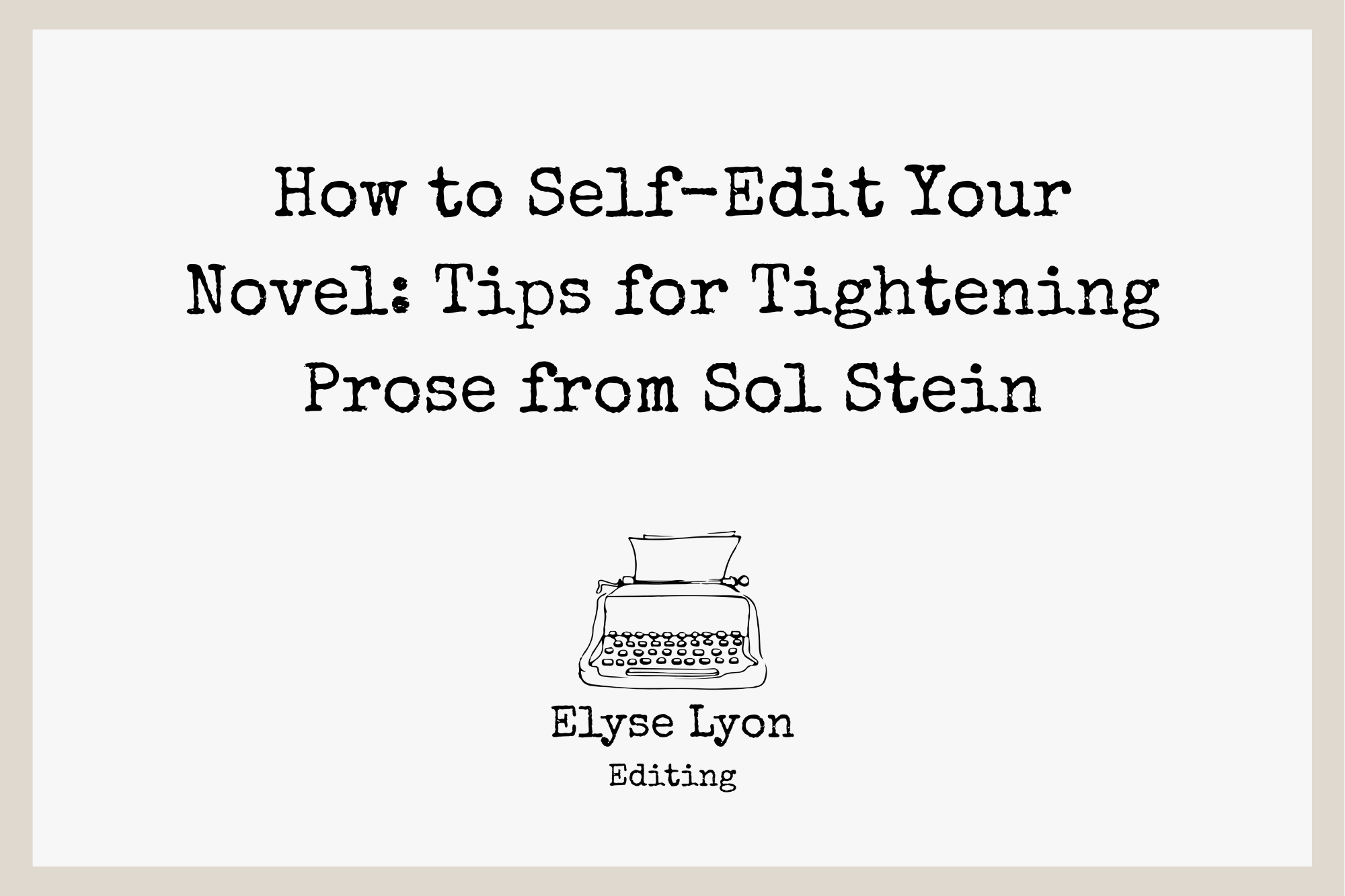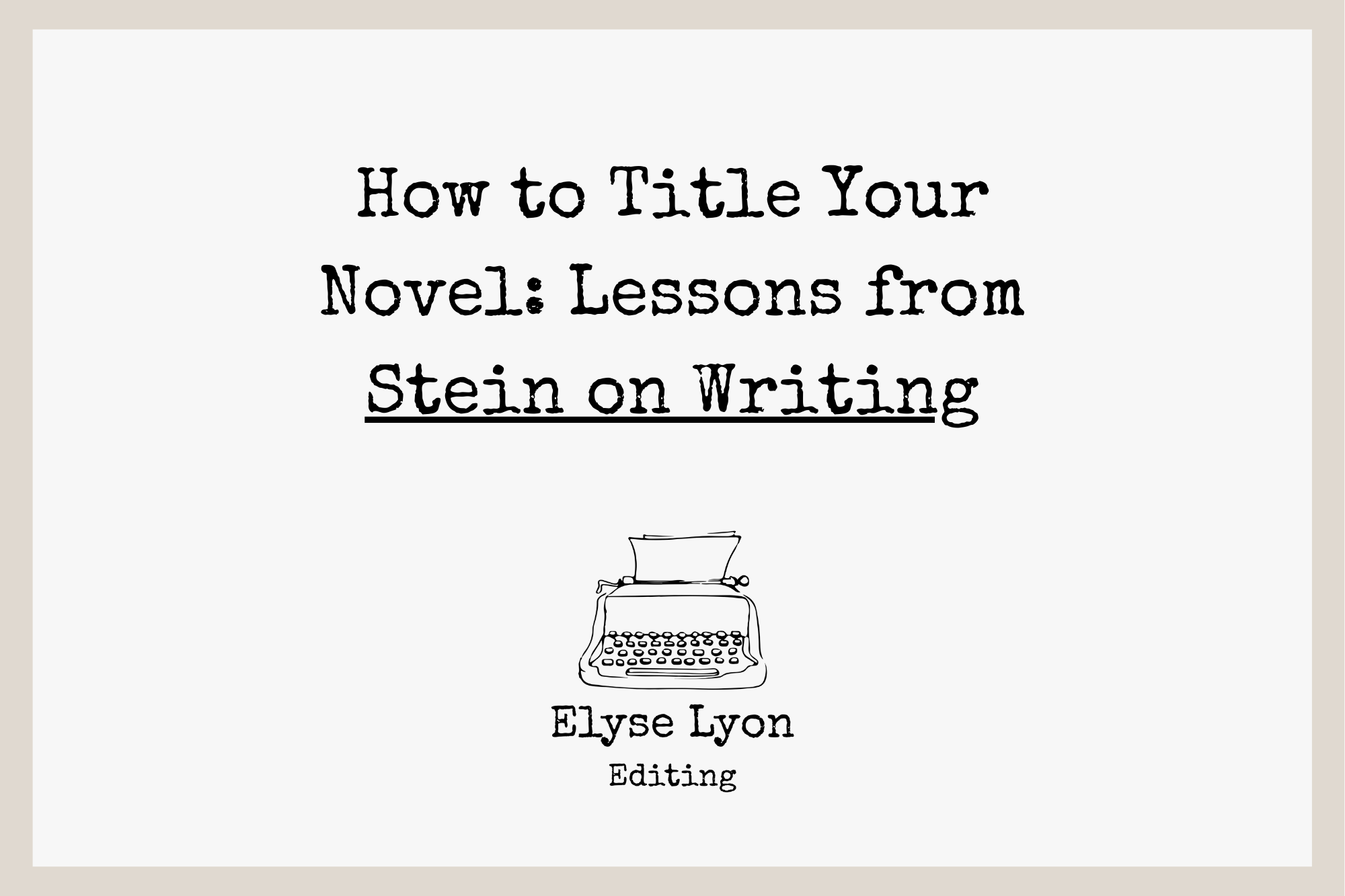Why Can’t AI Copyedit My Novel?
Hint: It’s not about what AI gets wrong. But still—really, ChatGPT?
Are Copyeditors Obsolete?
You’ve probably seen people say it: with all the new AI tools available, a human copyeditor has become an unnecessary luxury. Copyediting focuses on grammar and spelling, and AI tools have become good enough to catch and correct these errors. Right?
Well, I don’t think so—as this blog post’s headline probably made abundantly clear.
I won’t delve into the issues of what AI does and doesn’t miss, or what it gets wrong. We all know about AI’s tendency to hallucinate information, and measuring AI’s ability to catch every typo or grammatical mistake isn’t something I find particularly relevant to fiction editing.
I’m not anti-AI. Neither am I pro-AI. I’ve found it a useful tool in some respects (it’s great with “What’s that word on the tip of my tongue?” and “How can I write an utterly generic email that politely presents some negative feedback I’ve been tasked with giving?”) and utterly useless in others (seriously, why can’t ChatGPT count the number of syllables in a word?). Readers increasingly notice and are often supremely irritated by AI content, or even content that sounds like AI, which is why I would never use it to create content that isn’t specifically intended to be generic and personality-free.
Like many of us, I have serious concerns about certain aspects of AI, including issues related to copyright, ethics, and the environment, but these aren’t my areas of expertise, and I don’t feel qualified to weigh in on them.
I’m also interested in potential benefits of AI: as someone who lost both parents to cancer, I’m excited about any development that, say, raises cancer detection rates. And I’m open to exploring ethical, positive ways I might use AI in my own business, though probably not until after I’ve formally studied processes, drawbacks, and ethical issues.
My primary concern about the idea that AI can perform a copyedit—especially in regard to my specialty, book-length fiction—is that this seems to me to involve a fundamental misunderstanding of what a good copyeditor does and why our work is valuable to authors (and readers).
Copyediting Fiction: It’s More Than Mechanics
When I copyedit a novel, most of my revisions do usually involve mechanical issues such as grammar, spelling, and consistency of style. (This varies based on client. Copyediting for a publisher usually involves a light edit, since the manuscripts tend to be highly polished by the time they reach the copyeditor. If I’m working directly with an author, however, the level of intervention is more varied; depending on the manuscript and my agreement with the author, I might do a little more subjective stylistic editing, or I might stick to light copyediting, just as I usually would with a traditional publisher.)
However, no matter how light a copyedit is, most of my mental energy isn’t going into making those mechanical corrections. What I’m most focused on is the higher-level issues: plot holes, continuity, clarity, readability, style, and also light fact-checking.
I’m looking at things like whether the sequence of clues in a mystery makes sense, whether timelines add up, whether relationships between characters remain consistent, whether characters behave in ways that make sense, whether scenes follow on from each other logically. And what’s the driving time between two points at four in the morning versus 5:00 p.m.? And did this technology exist in the time period the book was set, and did it work as the author described it?
Many of these aspects are developmental issues, but they carry all the way down to the copyedit. Often a detail from a previous draft is missed during revisions—so, for instance, you might have a character smoke a cigarette only once during an entire novel. Is this obviously wrong? No, but it’s strange, and a query to the author might reveal that the character’s smoking habit was supposed to have been cut during a previous draft.
More than that, a copyeditor’s job is to read the book as its target audience will read it.
I’ve queried innumerable sentences that aren’t incorrect but are likely to be misread or misunderstood: perhaps a word has multiple meanings and the reader is likely to think of the wrong one first.
I often query sentences that seem correct on the surface, but I can’t put my finger on what they mean. (And often this exposes the fact that the author wasn’t quite sure either!)
I’ll query cultural references that are unlikely to make sense to the target audience.
I’ll query the presentation of crucial information that gets lost to the reader because the surrounding material is heavy on detail and the structure doesn’t indicate where the reader’s attention should be focused.
And in each case, of course, I’ll try to suggest a revision that’s in keeping with the author’s style and voice.
There are innumerable other factors to keep in mind even when performing a light copyedit:
What are the author’s influences, and how do they influence the choices made?
What other authors are target readers likely to be reading, and what expectations will they have?
How important to the author is rhythm, and how do they achieve it?
Where will target readers struggle with comprehending information or tracking who’s speaking in a conversation?
What mood is the punctuation meant to convey?
Do different characters speak differently, and is their dialogue meant to be grammatically correct?
What will the target readers consider insensitive, offensive, or just plain odd?
Human Readers Need Human Editors
I often tell authors that reading as a copyeditor involves putting yourself in the mindset of a slightly clueless reader and noticing where they’ll be thrown off course or where they’ll just find the road uncomfortably bumpy.
But there’s more to it than that; there’s a bit of doublethink at work. Half an editor’s brain is reading through the Clueless Reader lens, and the other half is reading through the Experienced Reader lens, and you’re putting the two perspectives together and finding a way to serve both readers as well as possible while also honoring the author’s voice and (at the copyediting stage) making minimal changes.
Ultimately, you’re reading as a human. As multiple humans, really. But most importantly, reading as a human. Because the intended audience for a novel is human, and AI can’t replicate that.
Handing your novel over to AI is like giving Captain Underpants to Charles Dickens to review, or asking your kid to taste-test cat food. You might get some interesting feedback (I’d love to know what Dickens would make of Captain Underpants), but it’s not the feedback that matters. You need that human touch to help you reach your human audience.




What happens when your once-steady writing routine gets disrupted by the demands of publishing—formatting, marketing, and everything in between? Many authors struggle to maintain a consistent tone and style when their creative routine is interrupted. Here are seven practical strategies to help you reconnect with your creative work and keep your writing voice steady, even with a chaotic schedule.